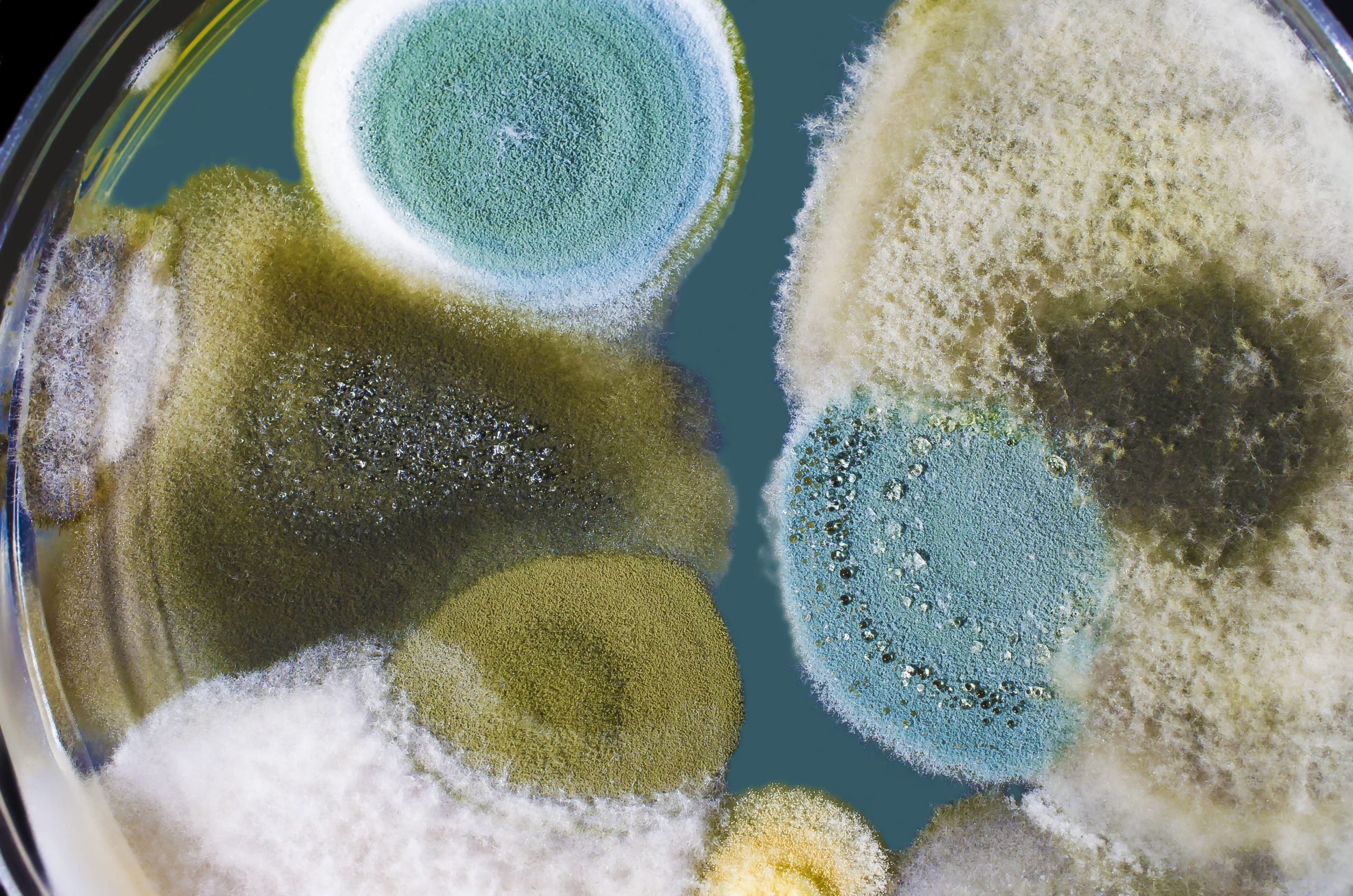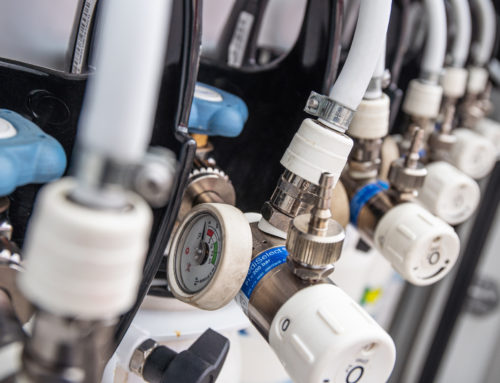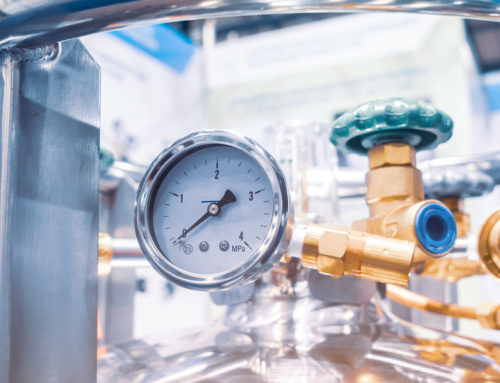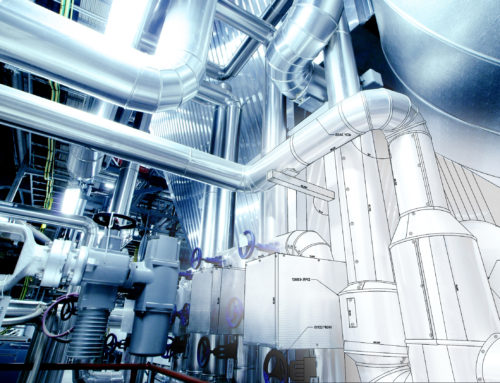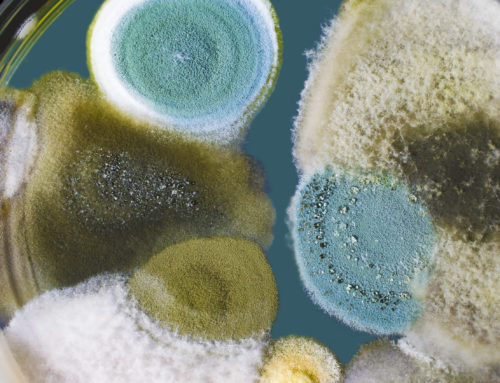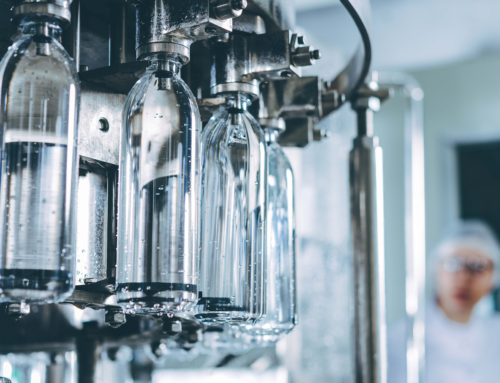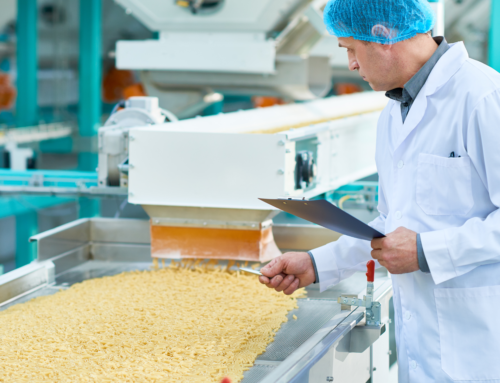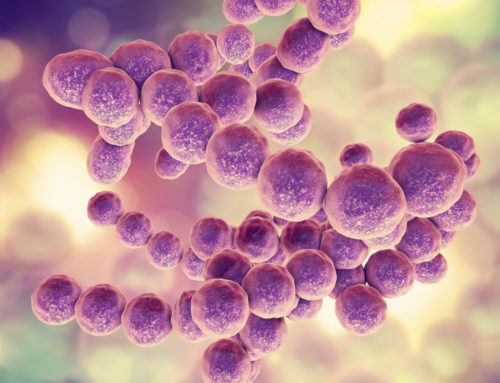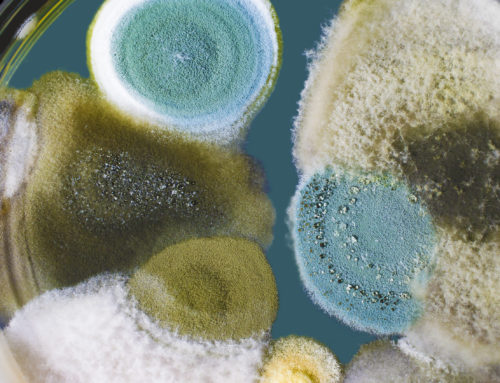Microbial contamination in the food manufacturing industry is a serious concern. In addition to environmental concerns, microorganism contamination can also impact food products through a compressed air system. Because of this, it is essential that manufacturers regularly test their food grade air or gas systems for microorganisms to ensure the safety and quality of their products.
Bacteria, yeast, and mold are all microorganisms that can impact systems through compressed air. They pose serious risks for end products and put consumers in danger. Food grade air and gas must not contaminate the products, especially not with microorganisms. It is critical to understand the root causes of microbial contamination, how it can impact production, and what is needed to a create plan for monitoring and protecting your system.
How Microbial Contamination Occurs in Food Grade Air
Microorganisms can be introduced into a compressed air system through a variety of sources. The intake air draws in atmospheric air which can carry 5 to 50 bacteria per cfm. This means that a compressor with the capacity of 300 scfm takes in 100,000 to 1 million bacteria each hour (Scott, 2017). This huge number of microorganisms will impact the end-products if inadequate filtration is employed or if the filter size is not appropriate for the system in question. A risk assessment can help determine the appropriate type of filtration.
Trace Analytics’ Microbiologist, Maria Sandoval, explains, “Failure to have adequate monitoring and maintenance on system piping can result in biofilm production in piping. This biofilm contaminates compressed air as it flows through the system.” She explains that periodic compressed air testing is the best way to ensure biofilm does not overtake a system. “Even one colony can grow into biofilm when left unchecked. There are certain types of bacterial biofilm that are very resistant and hard to clean.”
Leaks can also introduce microorganisms to a compressed air system. A leak can act as a suction that pulls atmospheric air into the system. If said leak occurs after filtration, then the microorganisms in the atmosphere will enter the system and impact the product.
It’s important to consider the effect that other contaminants have on microbial growth. Warm, damp environments are ideal for microbial growth. That means that an excess of oil and water in a compressor system creates a breeding ground for microorganisms. In addition to appropriately placed dryers and traps, regular testing for water and total oil can help to ensure the compressor system is not habitable for microbial growth.
Major Risks and Threats
Compressed food grade air that is contaminated with microorganisms can lead to expensive recalls, product loss and production shut down. The most common microbes that cause these instances are:
- Listeria – one of the most dangerous pathogens in the food manufacturing industry (Grinstead, 2015).
- Salmonella – the most common source of food poisoning for consumers
- Coliform – an indication of an unsanitary environment (Cornell University 2007).
- E. coli – found in meat, milk and raw fruits and vegetables
Some microorganisms like bacteria and mold can create exotoxins that are not viable (they are secondary metabolites) – this means that antifungal and antibacterial treatments will not work to kill them (Sandoval, 2018). This further indicates the importance of regular compressed air testing in order to catch these contaminants before they become biofilm and produce secondary metabolites.
As of October, the FDA issued nearly 100 recalls in 2018 for microbial contamination (FDA, 2018). Any of the above contaminants can cause illness for consumers and force a manufacturer to recall their product at a loss. Ready-to-eat foods and raw foods are particularly vulnerable to microbial contamination. Scott explains that there are usually fewer barriers to eliminate hazards between final packaging and consumer use (2017).
In 2001, a Fortune 500 company initiated a Class II recall due to product contamination from the compressed air system. This resulted in a $2 million loss for the company. Such recalls are hugely damaging to a bottom line, and to the reputation of the brand.
Regulating Bodies and Microbial Contamination in Food Grade Air
- ISO 8573-7 discusses the importance of monitoring compressed air for potential contaminants. This standard can be used to address purity classes, specifications, and procedures. Though there are no specific limits for microbes, ISO 8573-7 does list specifications for controls. Blinds and blanks must not be contaminated, which emphasizes the importance of proper aseptic technique. This standard also contains information and guidelines on informative and normative procedures.
- SQF Code Edition 8 states that compressed air and gas must be regularly monitored. With the dangers that microbial contaminants can present to food products, it is critical to regularly test. All of Trace Analytics’ packages meet SQF requirements for food grade air.
- BCAS asserts that the level of viable contaminants in compressed air shall not be detectable using the method described in clause 7.6. This clause refers to ISO 8573-7 test method for viable microbiological contaminant content.
How to Test for Microbial Contamination in Food Grade Air
Sampling compressed air is a simple process with Trace Analytics. We employ the Pinocchio Super II which is an impaction sampler validated for use according to ISO 8573. The Pinocchio captures air samples on an agar contact plate and then returned to the laboratory for analysis.
Trace provides thorough instructions and detailed, step-by-step videos to help sampling technicians ensure aseptic technique and proper sampling procedures every time.
It is important to choose the appropriate sampling method. There are a variety of ineffective methods that facilities should never use for sampling. For example, spraying air at a plate without the impaction sampler, or bagging the plate and then exposing it to compressed air will not provide accurate or quantifiable results. This type of testing can create a false sense of security and put the safety of your system at risk.
From total plate counts, to Gram staining, to identifying specific organisms, Trace Analytics’ team of experts can provide precise and timely results for your records. When it comes to food grade air, testing for microbial contaminants can help protect your brand, your product, and your consumers.

